Spontaneous Dump of the Village Ak-Zhar No. 1
Coordinates: 42.516809, 72.369303
Illegal dumps of solid household waste (SHW) pose one of the main threats to the environment, particularly in terms of soil and groundwater contamination. Since such dumps are not properly managed, the waste stored in them undergoes uncontrolled decomposition, releasing toxic substances into the environment. As a result, both surface and deep layers of soil, as well as aquifers, become contaminated, which can have long-term negative consequences for ecosystems and human health. When waste at illegal dumps begins to decompose, various chemicals are released, many of which are toxic. Particularly dangerous are elements such as lead, cadmium, mercury, and other heavy metals found in electronic waste, batteries, medical, and industrial waste. These substances penetrate the soil through the surface layers, gradually spreading to deeper layers.
Main mechanisms of soil contamination:
Infiltration of toxins: Rain and melting snow pass through garbage masses, carrying toxic substances that seep into the soil. This process is called infiltration, and it leads to harmful compounds deeply permeating the soil, making it unsuitable for agriculture and disrupting the ecosystem.
Disruption of soil structure: Waste, especially plastics and other non-biodegradable materials, physically alters the soil structure, disrupting natural processes such as water exchange and oxygen saturation. In areas where waste accumulates, the soil can become denser and lose its ability to support plant growth.
Suppression of vegetation: Chemicals entering the soil have a toxic effect on plants, reducing their ability to photosynthesize and grow. This leads to a decrease in vegetation in the areas surrounding dumps and a decline in biodiversity.
Groundwater contamination
Groundwater is the underground water supply that feeds wells, springs, and rivers. It is an important source of drinking water for the population and is also used in agriculture. Groundwater contamination occurs when toxic substances from illegal dumps seep into the ground along with rainwater, reaching aquifers.
Main groundwater pollutants:
Heavy metals: Lead, cadmium, and mercury, present in electronic waste and some industrial materials, can easily penetrate groundwater. These metals are toxic even in small concentrations and can cause severe illnesses in humans and animals.
Organic substances: Decomposing organic waste, such as food scraps, releases substances like ammonia, nitrates, and phosphates during decomposition. The entry of these substances into groundwater leads to contamination, which can cause mass die-offs of aquatic organisms and poisoning of humans consuming contaminated water.
Chemical compounds: Substances found in plastics, paints, pesticides, and other industrial waste can release toxic chemical compounds such as phenols, dioxins, and furans. These substances do not decompose naturally and remain in aquifers for many years, making them particularly dangerous.
Pathogenic microorganisms: Illegal dumps often become sites for biological waste accumulation, such as food remnants, medical waste, and feces. This creates favorable conditions for the proliferation of pathogenic bacteria and viruses, which can infiltrate groundwater and cause outbreaks of infectious diseases.
Consequences of contamination
Health risks to humans: Contaminated groundwater and soil pose a serious threat to public health, especially for those using water from wells or springs located near illegal dumps. Continuous consumption of such water can lead to heavy metal poisoning, carcinogenic diseases, and disruptions in the functioning of the nervous and endocrine systems.
Degradation of ecosystems: Soil and water contamination negatively affects biodiversity. In polluted water bodies and soils, plants, animals, and microorganisms die, disrupting ecosystem connections and leading to the extinction of entire species.
Reduction in agricultural product quality: In regions where agriculture depends on the use of groundwater or contaminated soil, crops can be poisoned by harmful substances. This not only reduces product quality but also poses a health risk to people consuming such products.
Illegal dumps of SHW pose a significant danger to soil and groundwater, having a destructive impact on nature and human health. To prevent these issues, it is essential to develop proper waste management systems and implement measures to protect natural resources.
Illegal dumps of solid household waste (SHW) pose one of the main threats to the environment, particularly in terms of soil and groundwater contamination. Since such dumps are not properly managed, the waste stored in them undergoes uncontrolled decomposition, releasing toxic substances into the environment. As a result, both surface and deep layers of soil, as well as aquifers, become contaminated, which can have long-term negative consequences for ecosystems and human health. When waste at illegal dumps begins to decompose, various chemicals are released, many of which are toxic. Particularly dangerous are elements such as lead, cadmium, mercury, and other heavy metals found in electronic waste, batteries, medical, and industrial waste. These substances penetrate the soil through the surface layers, gradually spreading to deeper layers.
Main mechanisms of soil contamination:
Infiltration of toxins: Rain and melting snow pass through garbage masses, carrying toxic substances that seep into the soil. This process is called infiltration, and it leads to harmful compounds deeply permeating the soil, making it unsuitable for agriculture and disrupting the ecosystem.
Disruption of soil structure: Waste, especially plastics and other non-biodegradable materials, physically alters the soil structure, disrupting natural processes such as water exchange and oxygen saturation. In areas where waste accumulates, the soil can become denser and lose its ability to support plant growth.
Suppression of vegetation: Chemicals entering the soil have a toxic effect on plants, reducing their ability to photosynthesize and grow. This leads to a decrease in vegetation in the areas surrounding dumps and a decline in biodiversity.
Groundwater contamination
Groundwater is the underground water supply that feeds wells, springs, and rivers. It is an important source of drinking water for the population and is also used in agriculture. Groundwater contamination occurs when toxic substances from illegal dumps seep into the ground along with rainwater, reaching aquifers.
Main groundwater pollutants:
Heavy metals: Lead, cadmium, and mercury, present in electronic waste and some industrial materials, can easily penetrate groundwater. These metals are toxic even in small concentrations and can cause severe illnesses in humans and animals.
Organic substances: Decomposing organic waste, such as food scraps, releases substances like ammonia, nitrates, and phosphates during decomposition. The entry of these substances into groundwater leads to contamination, which can cause mass die-offs of aquatic organisms and poisoning of humans consuming contaminated water.
Chemical compounds: Substances found in plastics, paints, pesticides, and other industrial waste can release toxic chemical compounds such as phenols, dioxins, and furans. These substances do not decompose naturally and remain in aquifers for many years, making them particularly dangerous.
Pathogenic microorganisms: Illegal dumps often become sites for biological waste accumulation, such as food remnants, medical waste, and feces. This creates favorable conditions for the proliferation of pathogenic bacteria and viruses, which can infiltrate groundwater and cause outbreaks of infectious diseases.
Consequences of contamination
Health risks to humans: Contaminated groundwater and soil pose a serious threat to public health, especially for those using water from wells or springs located near illegal dumps. Continuous consumption of such water can lead to heavy metal poisoning, carcinogenic diseases, and disruptions in the functioning of the nervous and endocrine systems.
Degradation of ecosystems: Soil and water contamination negatively affects biodiversity. In polluted water bodies and soils, plants, animals, and microorganisms die, disrupting ecosystem connections and leading to the extinction of entire species.
Reduction in agricultural product quality: In regions where agriculture depends on the use of groundwater or contaminated soil, crops can be poisoned by harmful substances. This not only reduces product quality but also poses a health risk to people consuming such products.
Illegal dumps of SHW pose a significant danger to soil and groundwater, having a destructive impact on nature and human health. To prevent these issues, it is essential to develop proper waste management systems and implement measures to protect natural resources.
The research was conducted with the support of the Global Greengrants Fund (GGF), one of the leading donor organizations in the world supporting grassroots efforts to protect the planet Earth. #GlobalGreengrantsFund #GreengrantsFund #Greengrants #GGF #GlobalGreengrantsFund

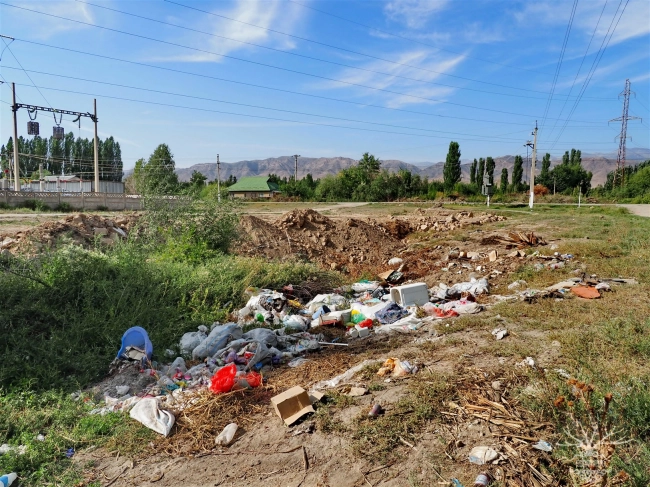
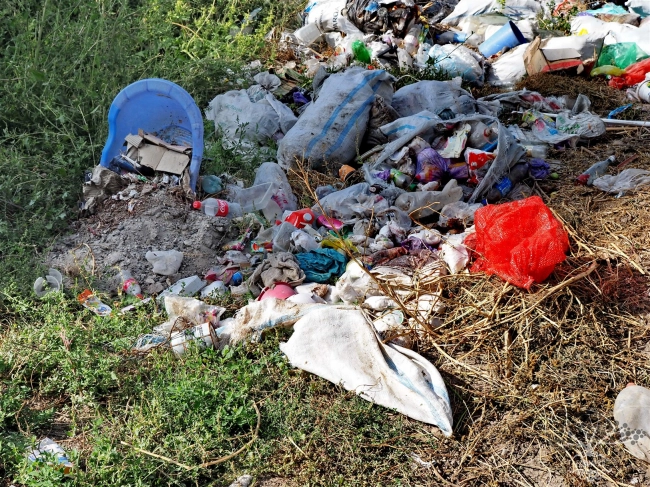
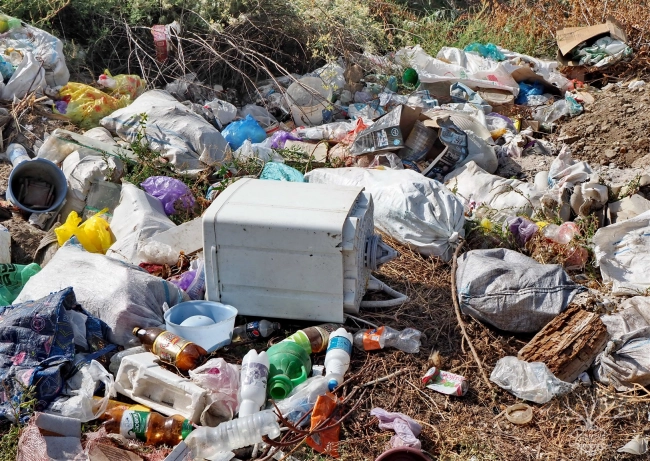
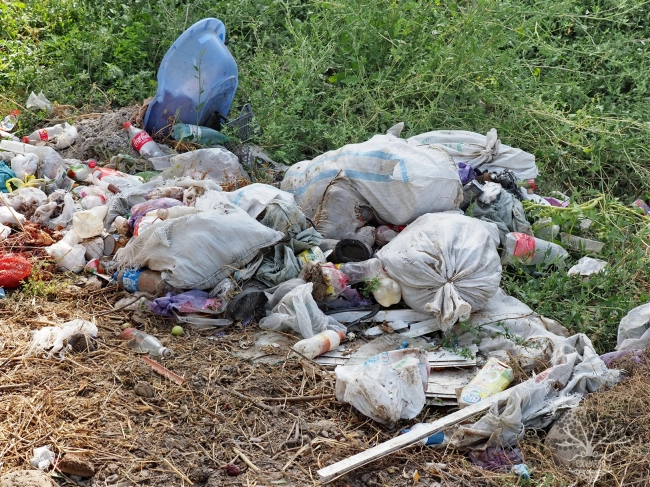
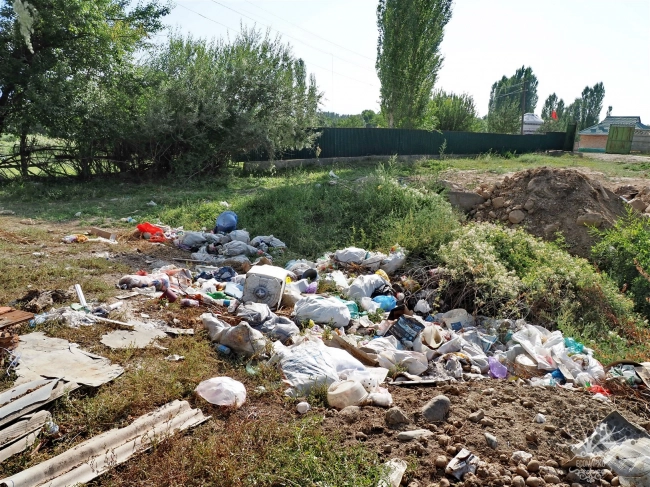

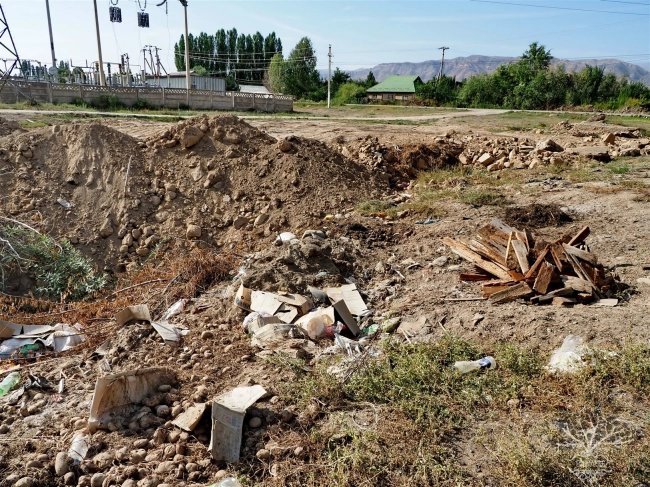
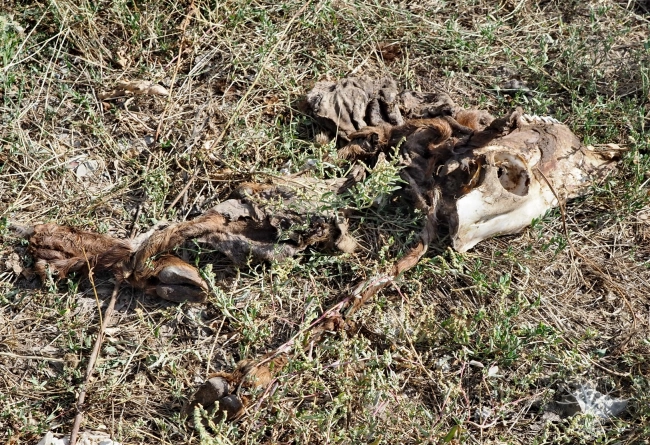
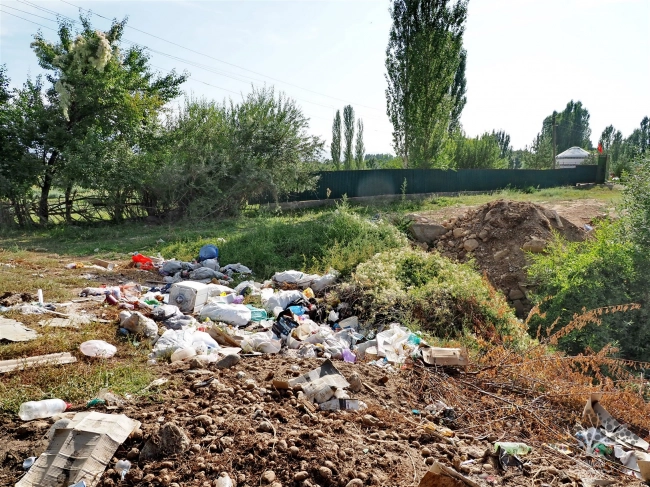

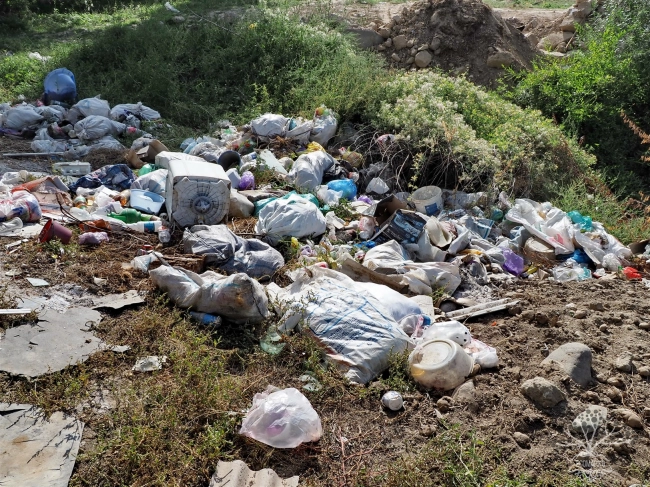
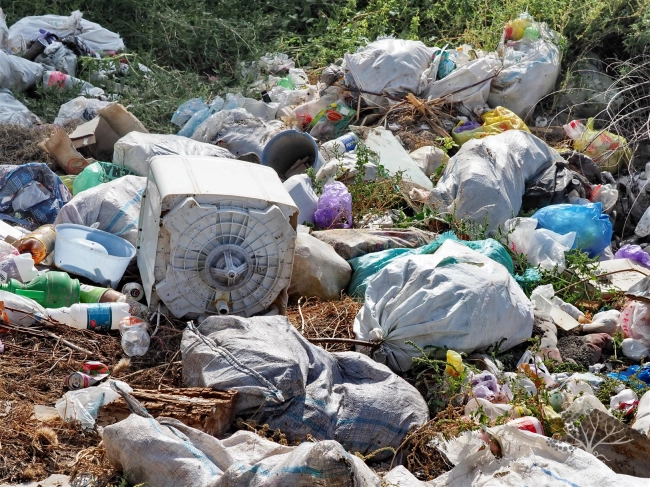
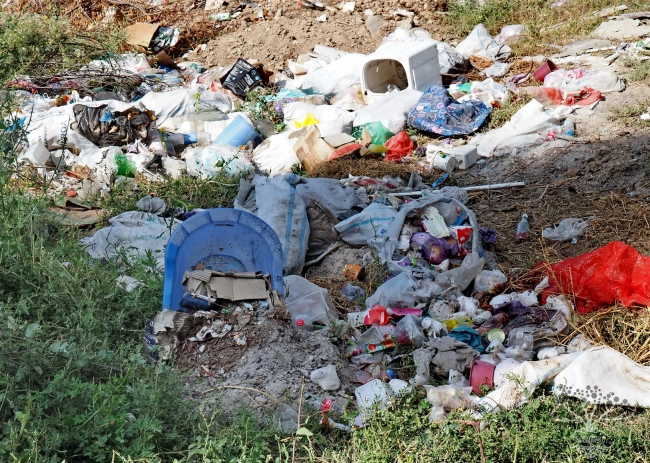
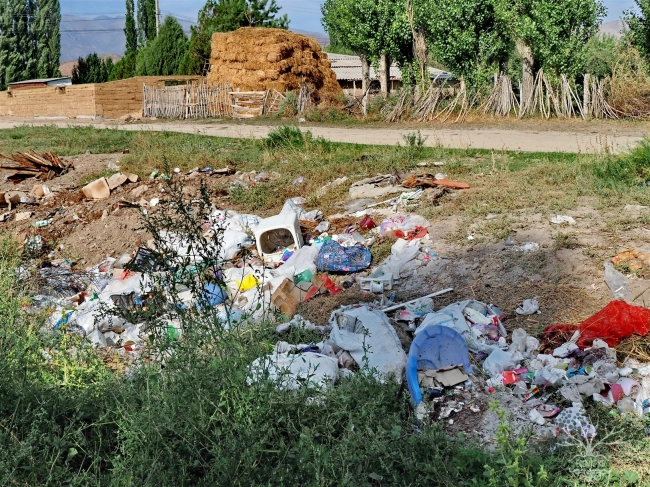

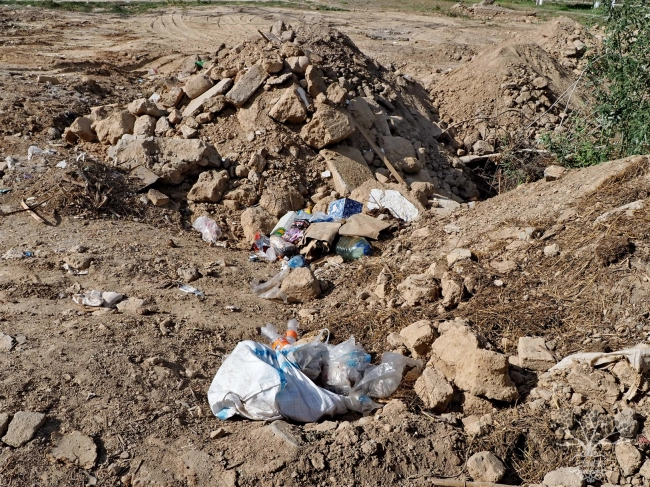
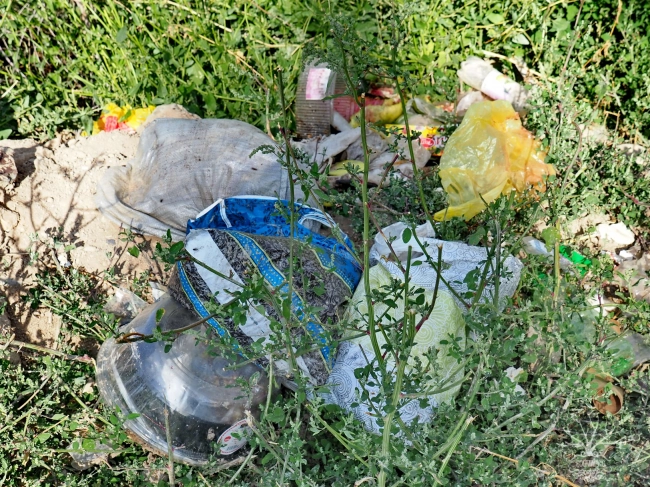
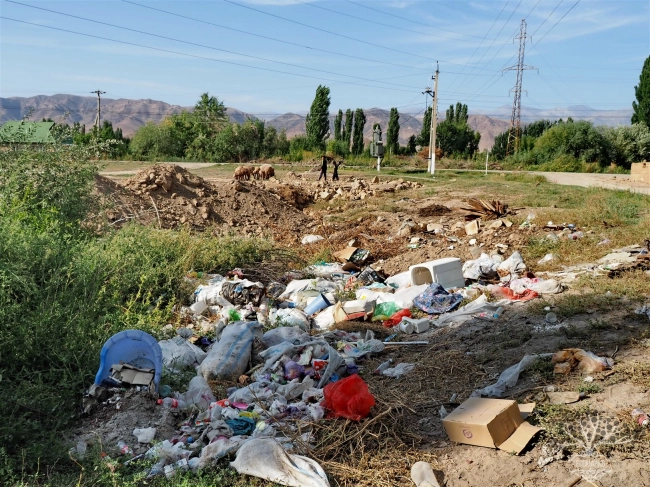


















Attention: Information based on submitted complaints